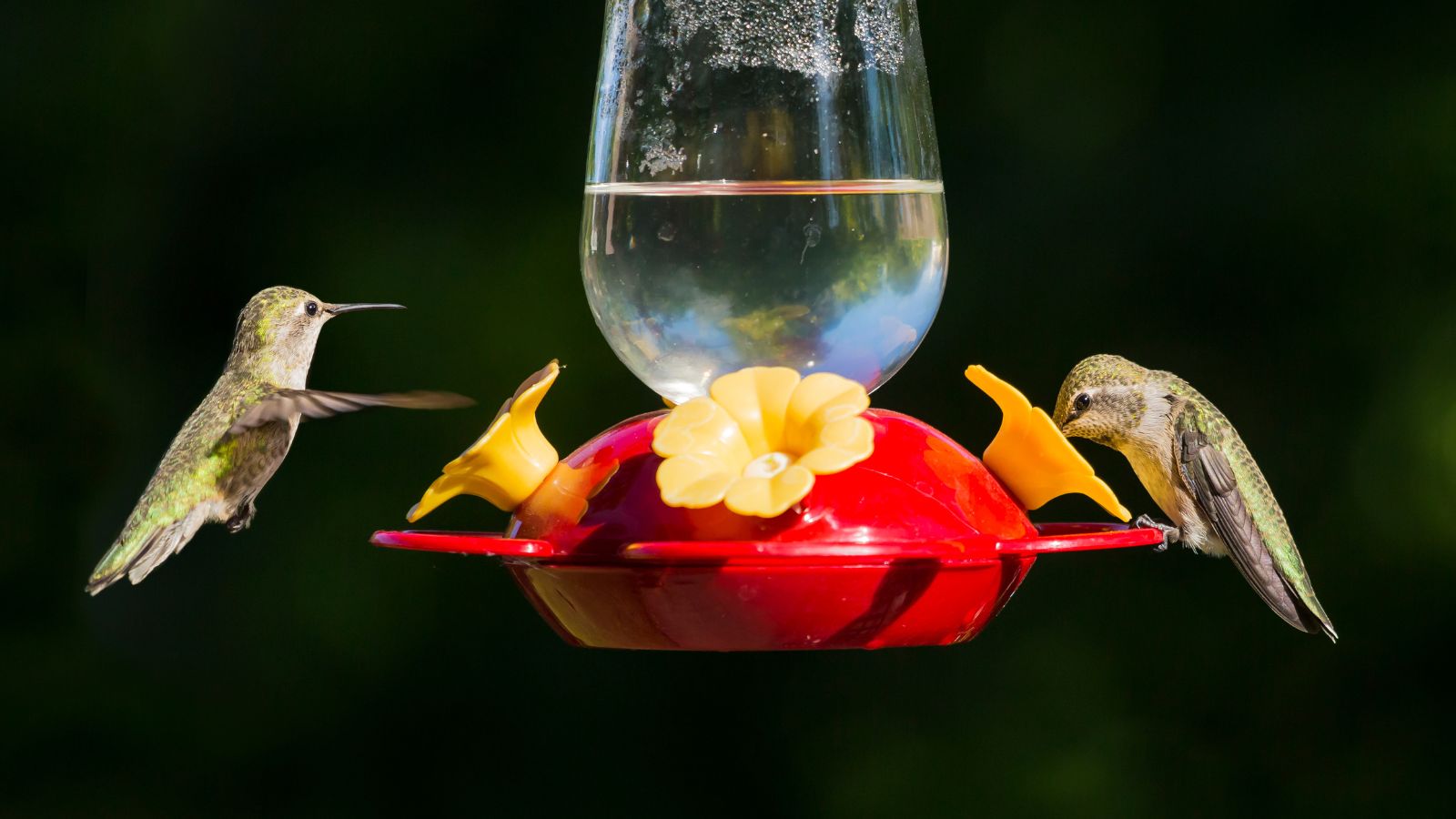
As fall settles in and hummingbirds prepare for their migration, it raises the question: when is the ideal time to take down their feeder? Timing this correctly is essential – not only for keeping the feeder in good condition for future seasons, but also for the well-being of the birds.
Determining when to remove your hummingbird feeder will depend on various factors, including the specific migratory patterns of hummingbirds in your area, temperature changes, and maintenance demands.
Understanding the factors that determine when to put out hummingbird feeders will also help you choose the right time to take yours down. Properly timing its removal ensures you can support the hummingbirds ahead of their migration.
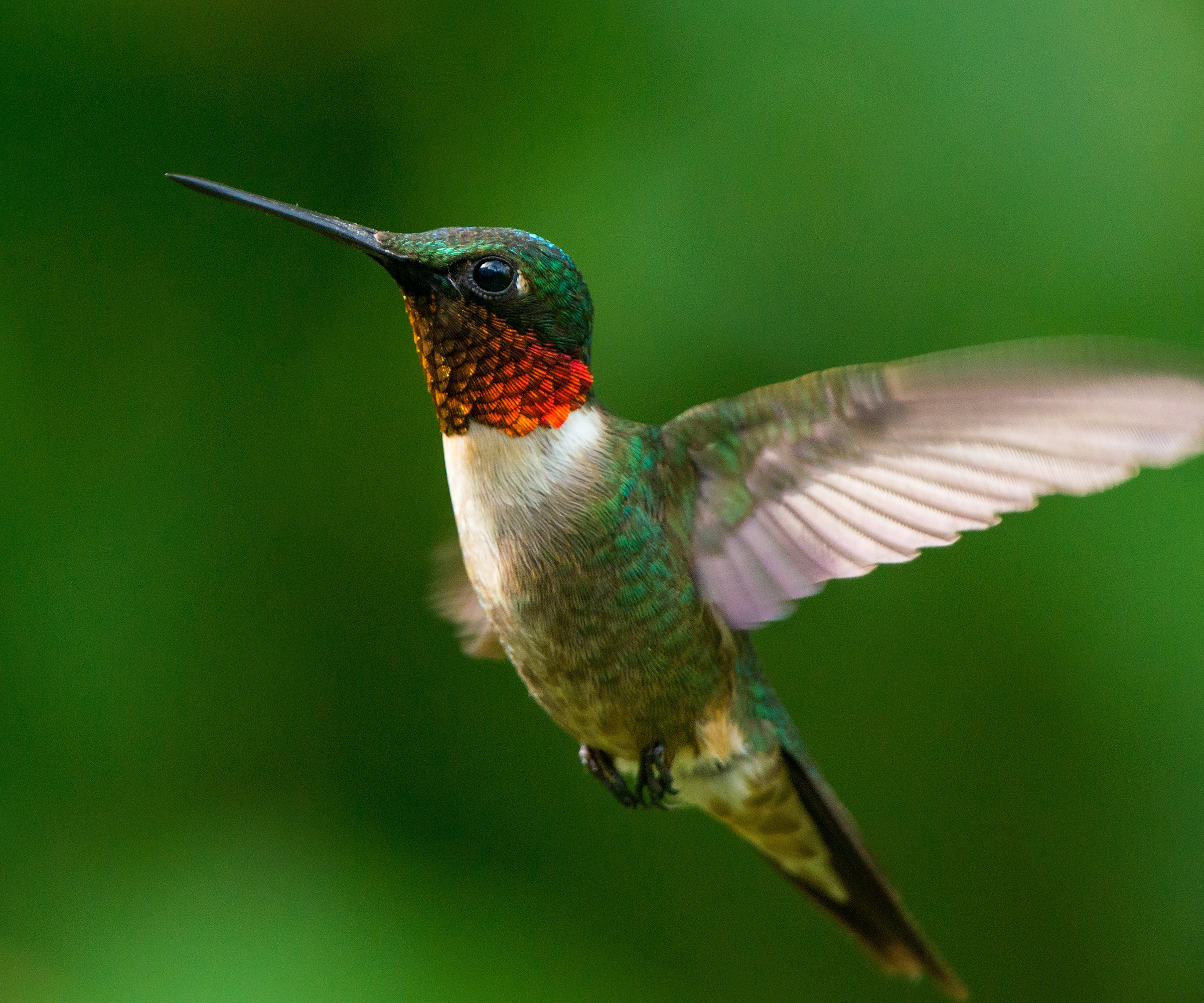
Why is feeding before migration so important for hummingbirds?
Most North American hummingbird species migrate south in the fall toward warmer climates and more abundant food sources in Central America or Mexico. However, before they embark on this almost 4,000-mile journey, they need to significantly increase their intake of flower nectar and sugar water from feeders.
This extra nourishment helps them to build up fat reserves and gain weight, providing the energy and stamina needed for their long migration. Here's what to look for, so you can be sure the time is right to take your feeder down for the winter.
1. After migration
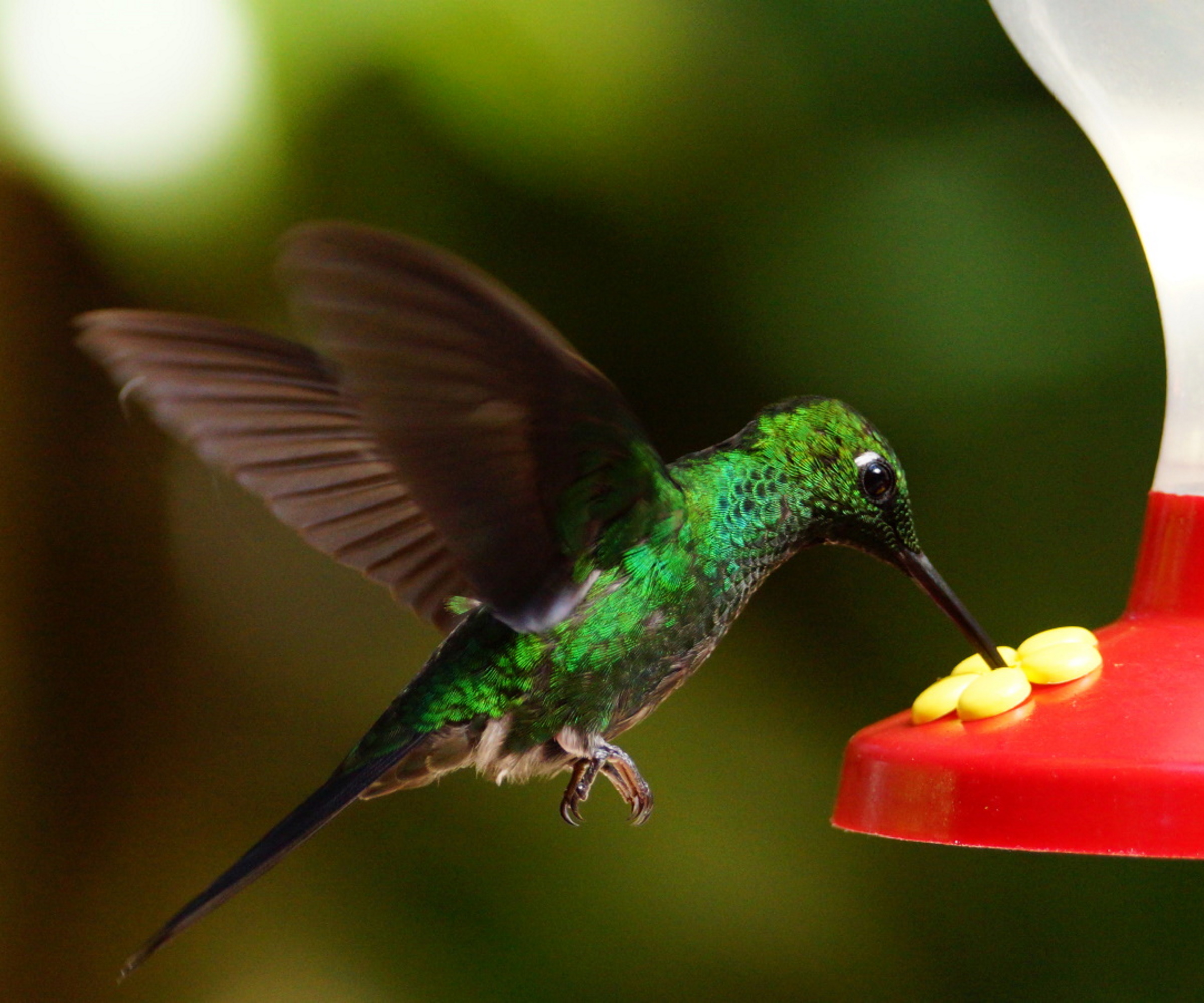
Hummingbirds can set out for migration as early as late July and it is usually complete by the end of October, however, the exact timing can vary depending on the species, weather, and region. As a result, so will the time you should take your feeder down.
'In northern locations, such as Canada and the northern United States, most hummingbirds start migrating by early September,' explains Tom Monson, owner of Monson Lawn and Landscaping. 'In these locations, it is generally safe to pull the feeders by mid-October. If you're in the southern United States or along the Gulf Coast, you might still have birds coming to your feeders in November or even December. Hummingbirds in these areas may stay longer as they migrate south. However, if you live in milder climates, such as the deep south, some hummingbirds may overwinter your area, so there is little reason to rush the takedown.'
You might hear that taking feeders down early helps birds migrate, while leaving them up too long will delay this. In reality hummingbirds follow their natural instincts, driven by daylight and weather, not the presence of feeders. In fact, removing feeders too early is a common hummingbird feeder mistake that could leave those migrating late without the crucial energy they need for their long journey. To avoid this, it's best to leave feeders up for a couple of weeks after you've spotted the last hummingbird, so any late travelers have access to the nourishment they need before migrating.
Once you no longer see hummingbirds visiting the feeder and are confident that the last ones have migrated, you can take it down to prevent the sugar water from spoiling and attracting unwanted pests. Whether it's late October in the cool regions or early December in the warmer areas, remember you're not disrupting the migratory movement; you're enhancing it.
2. According to regional climate
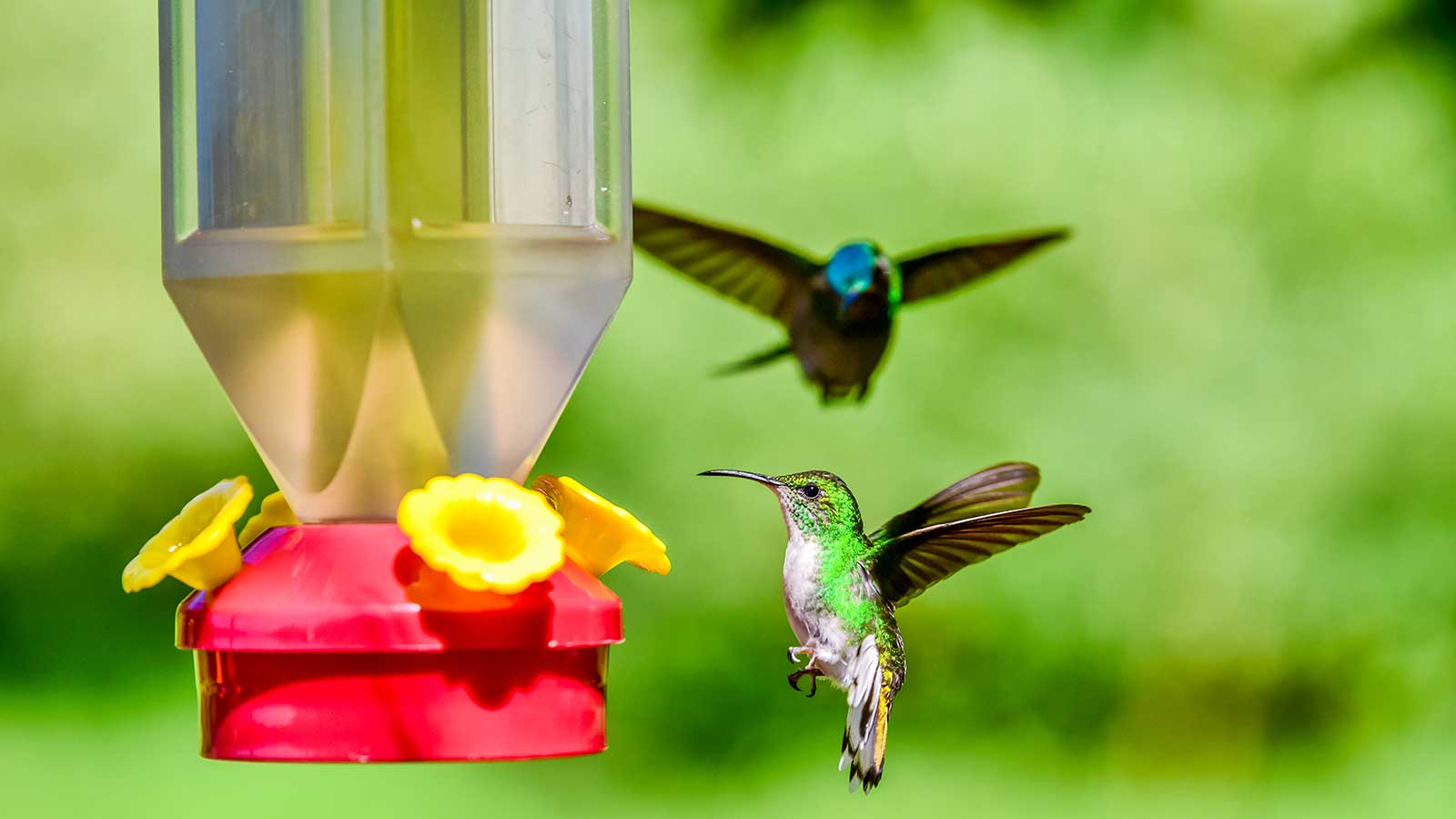
If you live in an area where temperatures drop below freezing, it's important to take down the feeder before the liquid inside can freeze. Freezing temperatures can damage the feeder and make it inaccessible for any remaining birds.
However, early frosts and sudden cold snaps can impact migration patterns, so it's a good idea to leave feeders up a bit longer during unpredictable weather. This provides late-migrating hummingbirds with the extra fuel they need to power through harsher conditions on their journey.
When temperatures drop, you can prevent nectar from freezing by using heat lamps or insulated feeders, so you are able to keep your feeder up for stragglers. We recommend this hummingbird feeder heater, from Amazon.
3. When feeder maintenance isn't manageable
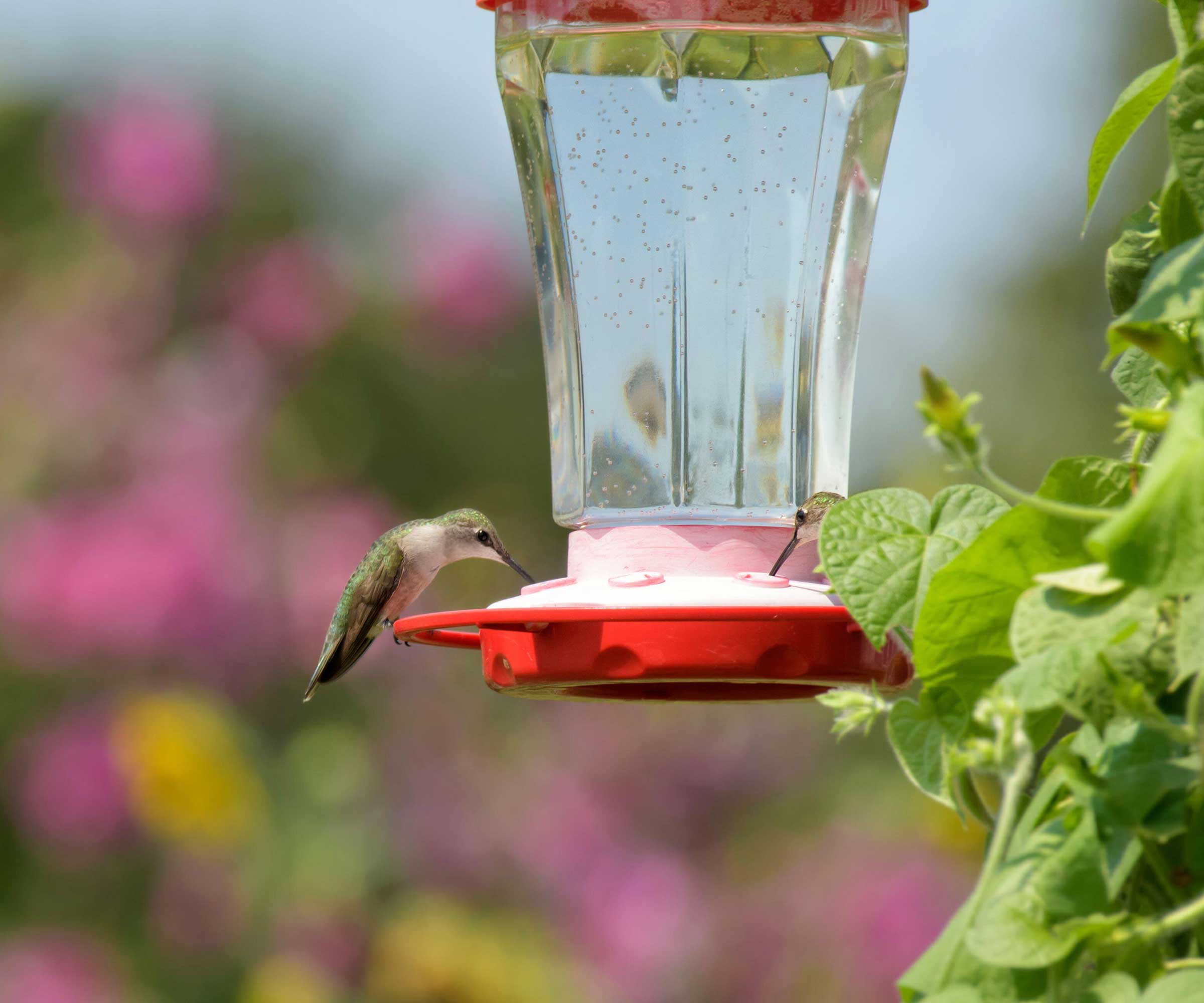
It's important to clean hummingbird feeders regularly. Without proper care, mold, fungus, or pest infestations can develop, making the feeder unsafe for the birds.
If it becomes too dirty or moldy, or if infestations are a recurring problem – such as ants in hummingbird feeders – it’s best to take it down and clean it thoroughly until you can maintain it properly. An unclean feeder could harm the hummingbirds.
This smart hummingbird feeder connects to your Wi-Fi, and by using an app you can control your bird feeder from your phone, achieving remarkable photographs of garden birds.
Looking for other ways to attract hummingbirds to your yard year after year that don't depend on feeders? Creating a wildlife-friendly habitat with native flowers that hummingbirds love is an effective way to give these birds sustenance long-term. Following the natural cycles of hummingbirds and providing a clean, welcoming environment will keep them returning annually to your yard. One of our favorite ways to do this is to create a hanging basket for hummingbirds, and with the color flowers that attract hummingbirds.







